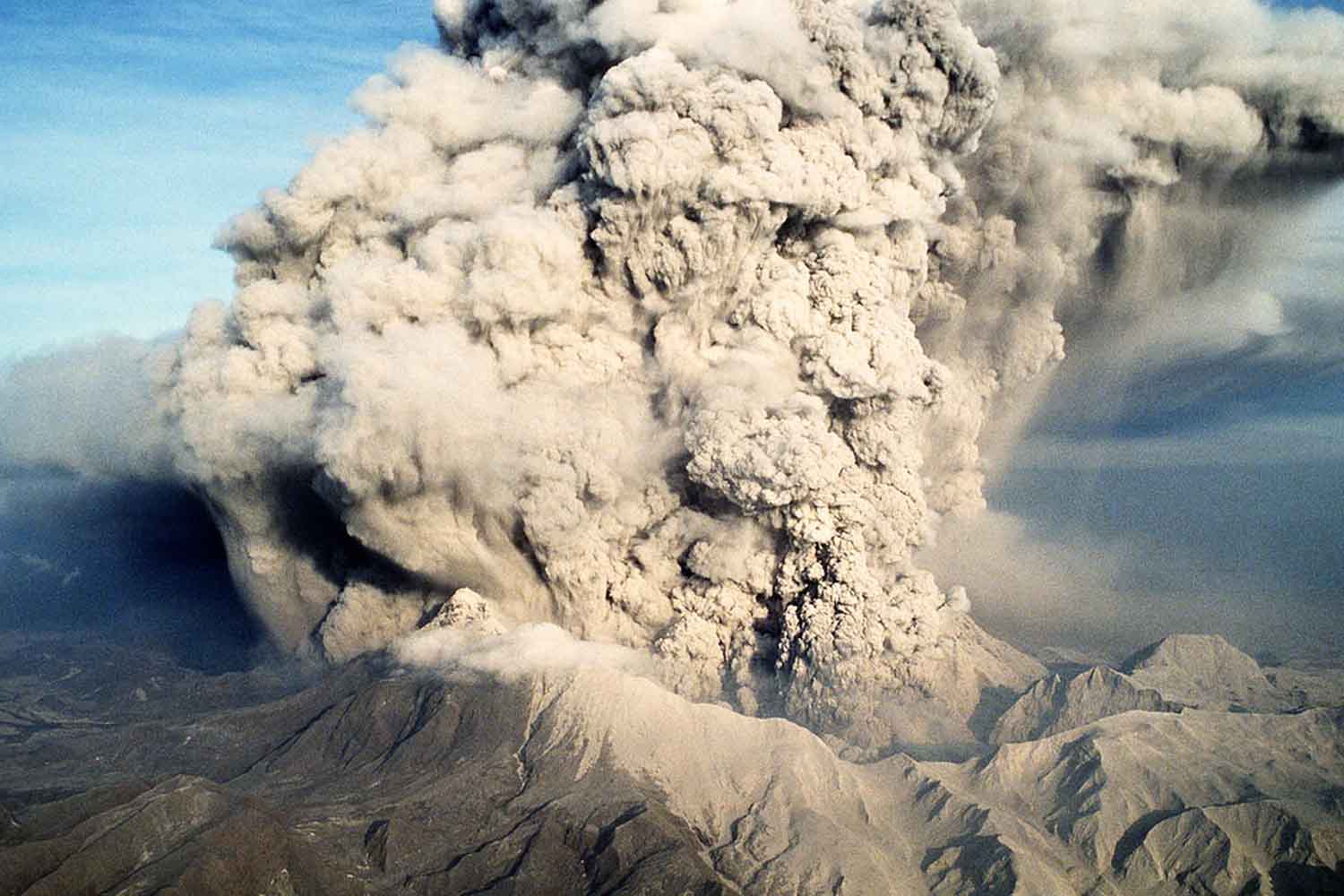A recent study on Veniaminof, an Alaskan volcano, highlights the unpredictable nature of "stealthy" eruptions. Advanced monitoring tools and AI could improve eruption prediction, protecting lives and infrastructure.

©The U.S. National Archives
While active volcanoes traditionally provide well-known warning signs, such as earthquakes and surface deformations caused by the buildup of magma and gases in underground chambers, some volcanoes manage to erupt almost silently, without any obvious signals. These so-called “stealthy” volcanoes are the subject of the latest study published in Frontiers in Earth Science.
A team of scientists led by Dr. Yuyu Li from the University of Illinois has analyzed the behavior of Veniaminof, an ice-covered volcano located in the Aleutian Arc in Alaska. Using monitoring data collected over three consecutive summers, the researchers developed a predictive model to explain the dynamics behind these “surprise” eruptions.
Despite significant advances in volcanic monitoring, some volcanoes still erupt without detectable warnings, significantly increasing the risk to nearby populations.
Veniaminof: the invisible volcano
Veniaminof is one of Alaska’s most active volcanoes, yet from 1993 to today, only two out of its thirteen eruptions have provided clear and timely warning signs to scientists. For instance, the 2021 eruption was detected only three days after it had started.
These so-called “stealthy” eruptions pose a real threat: in recent decades, Veniaminof has produced several eruptions with a VEI (Volcanic Explosivity Index) of 3, capable of sending volcanic ash up to 50,000 feet (15 kilometers) into the sky, disrupting air traffic and creating dangers for regional communities and infrastructure.
The researchers examined six different configurations of the magma chamber volume, varying the magma flow rate, the depth of the underground reservoir, and the chamber’s geometric shape. By comparing these models with collected data, they identified the parameters that lead to either sudden or predictable eruptions.
Conditions that trigger a “stealthy” eruption
The model revealed that a high magma flow in a large magma chamber can cause visible ground deformation, making the eruption easier to predict. On the other hand, a high flow in a small chamber can trigger a sudden explosion, still accompanied by detectable signals.
Silent eruptions, however, occur when magma flows slowly in a small chamber. This scenario significantly reduces the chances of detecting anomalies with current monitoring systems.
Another crucial factor is the temperature of the rock surrounding the magma chamber. If magma is present over time, it heats the chamber walls, making them less likely to break or deform. In practical terms, the heat makes the rocks more “elastic,” and less prone to producing seismic signals or ground movements.
The combination of a warm chamber, an elongated shape, variable depth, and low magma flow represents the perfect mix for a stealthy eruption.
To mitigate the impact of these sudden eruptions, the researchers suggest using high-precision instruments such as borehole tiltmeters, strainmeters, and fiber-optic sensors, along with emerging technologies like gas emission monitoring, infrasound, and especially artificial intelligence.
Machine learning techniques have proven effective in recognizing subtle changes in volcanic behavior, especially in seismic signal analysis.
For Veniaminof, the addition of advanced sensors and improved use of satellite imagery could make a big difference. In the long run, combining models like the one developed in the study with real-time observations will significantly enhance the ability to predict stealthy eruptions, safeguarding lives and reducing damage to infrastructure.
Source: Frontiers in Earth Science
